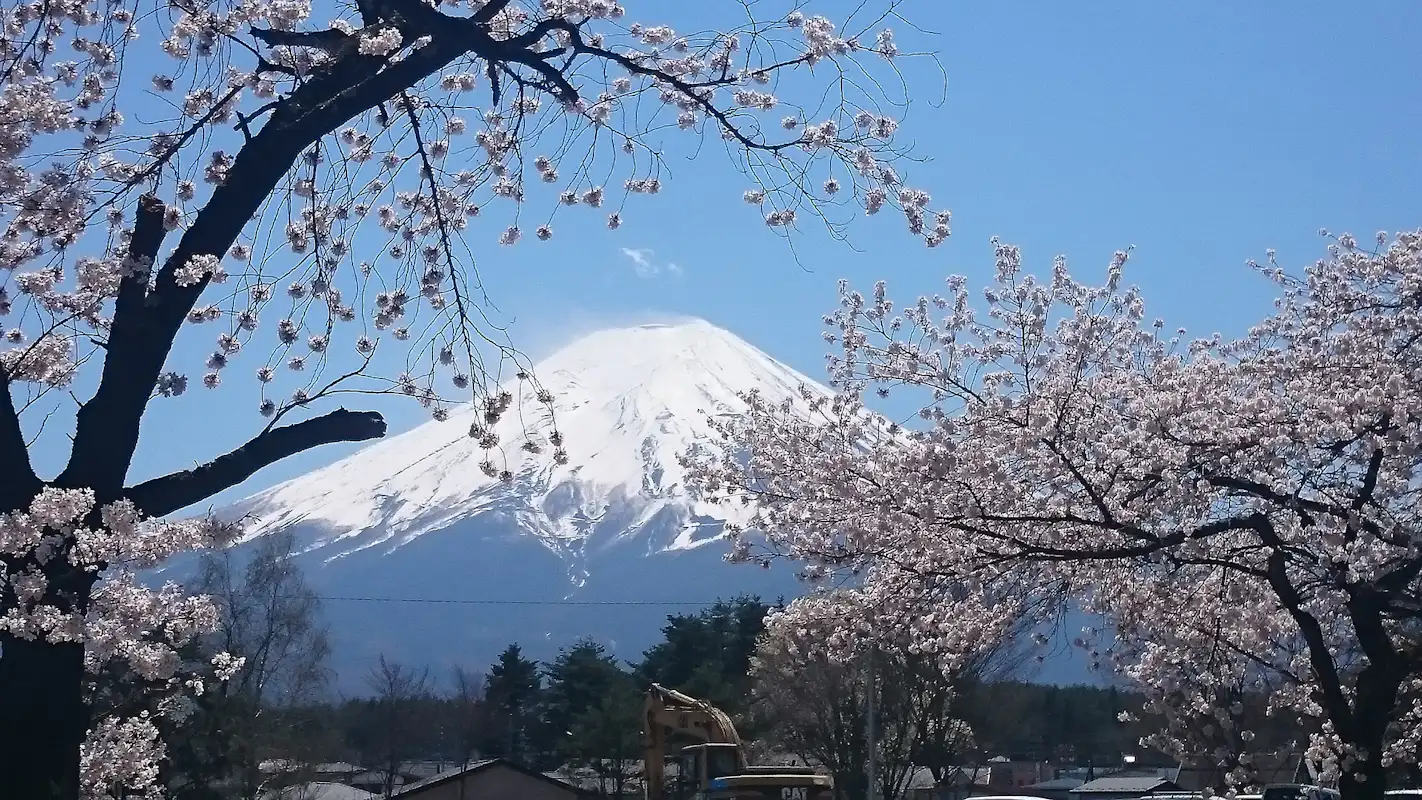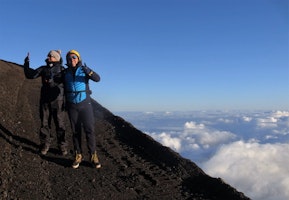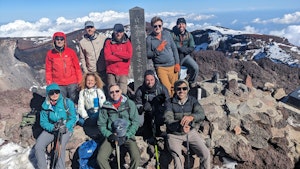Mt Fuji status update
Climbers intending to ascend Mount Fuji via its most popular route will soon be required to pay a $13USD (£10) fee, as authorities aim to restrict the number of individuals climbing Japan's famous volcano.
The Yamanashi regional government has approved these new regulations, set to take effect on July 1st 2024.
Perfect symmetry is one of the qualities Mount Fuji (3,776 m), the highest mountain in Japan, is famous for. The etymology of this stunning volcano's name is uncertain. However, it is linked to the idea of abundance, immortality and eternity. It became a UNESCO world heritage site in 2013. It is also one of Japan's three holy mountains and so beautiful, it is no wonder that over 300,000 people from around the world visit its snow-capped peak each year.
Climbing Mount Fuji is more than just a mountaineering experience. It is also a journey into Japanese culture and a lesson in respect. Respect for the climate and terrain, for oneself as one slowly adjusts to the altitude, for the mountain as a spiritual symbol, and for the many other people on the way to the summit. This is especially true when climbing at night to experience "Goraiko". This Japanese word describes the overwhelming sensation that comes from watching the sunrise at its peak- Japan is after all the land of the rising sun!
Although many people take on the challenge of climbing Mount Fuji on their own, going with a guide is truly worth it in this case. Not only will they be able to give you a deeper understanding of the cultural aspects of the climb, they can also act as translators and give you a big hand with logistics. Plus, it's the best way to ensure a safe experience, especially if you haven't done much climbing before.
Read this article for a great first-hand account of what climbing Mount Fuji with a guide was like for 31-year-old Italian climber Matteo.
So what do you need to know in order to climb Mount Fuji? Below we share all the essential information for you to start planning your trip!
1| What Season is Best to Climb Mount Fuji?
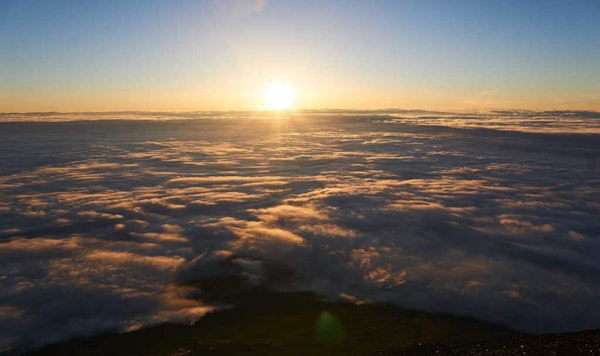 Mount Fuji
Mount Fuji
The most common Mount Fuji climbing season is in the summer. Of course, this is due to weather conditions which will, predictably, affect climbing conditions. It doesn't mean it's going to be thirty-degree Tokyo hot though. Even in the summer, you will get below-freezing point temperatures at the summit!
The downside of tackling Mount Fuji in the summer is that it can get a bit crowded. This is especially true during the Obon week festivities. These take place during the week of the 15th of August. Your best bet will be to avoid going during those dates and to try a weekday rather than a weekend trek. Also, although summer in Japan is from June to September, the mountain officially opens to the public from 1 July to mid-September. This does not mean that you can't go with a guide outside of official hiking season, but it will require a whole different set of organizational strategies.
In winter, Mount Fuji is a difficult and dangerous mountain, even for experienced climbers. You should not underestimate it! Furthermore, most mountain huts, except for Sato-goya, close out of the summer season, so this is something to keep in mind as well.
If you want to explore Mount Fuji off-season and you have winter mountaineering experience you could also go for a springtime trek or ski tour (find some great options here!). Temperatures at the summit reach -20 C in spring so you will need to be well prepared. Sleeping arrangements will have to be taken into consideration. The plus side of a springtime tour is that Japan is in full cherry blossom season! For example, why not try this 2-day springtime Fuji climb?
2| Where to Go to Climb Mount Fuji?
Mount Fuji is just 100km away from Tokyo. Most outings start off from Kawaguchiko station, and you can get there from Tokyo in roughly two hours by either train or bus. If you travel by train from Tokyo make sure you get a window seat on the west side to catch some truly stunning views! In Kawaguchiko there are plenty of hotels if you're planning to stay a couple of days.
3| Climbing Routes
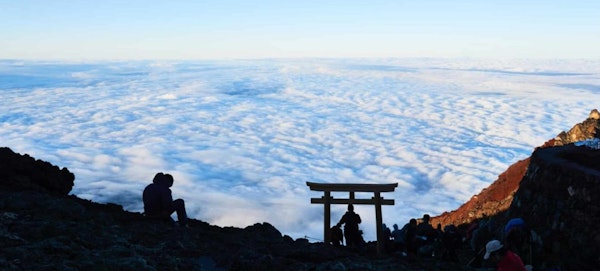 Mount Fuji
Mount Fuji
The four climbing paths to the summit of Mount Fuji are divided into 10 stations (with 10 at the summit). There are paved roads that lead to each of the four station 5's, where the actual trekking usually begins. These are busy spots where you can buy souvenirs and grab a bite. If you want to be a purist however, you can begin your trekking from the very beginning at station 1.
The four routes to the summit are:
Yoshida Trail
The most popular trail due to its accessibility, it is also a favorite because it is the best to catch the famous Mount Fuji sunrise. In order to see it, keep in mind you will have to start climbing from the 8th station to the peak at night. The ascent from the 5th station to the summit takes between 5 to 7 hours, descent usually takes between 3 to 5.
Subashiri Trail
The Subashiri trail is a little longer and usually less crowded than the Yoshida, though they merge at the 8th station. Ascent on this trail takes between 5 to 8 hours and descent takes around 3 to 5.
Gotemba Trail
The Gotemba trail is the longest of the four trails and less people take it. This means that it is less crowded and that it has less huts. The ascent on this route takes between 7 to 10 hours and the descent takes from 3 to 6.
Fujinomiya Trail
The Fujinomiya trail is the shortest to the summit from the 5th station. Ascent takes between 4 to 7 hours and descent takes between 2 to 4. Check out this 2-day Fuji climb if you're interested in this route.
4| Where to Sleep
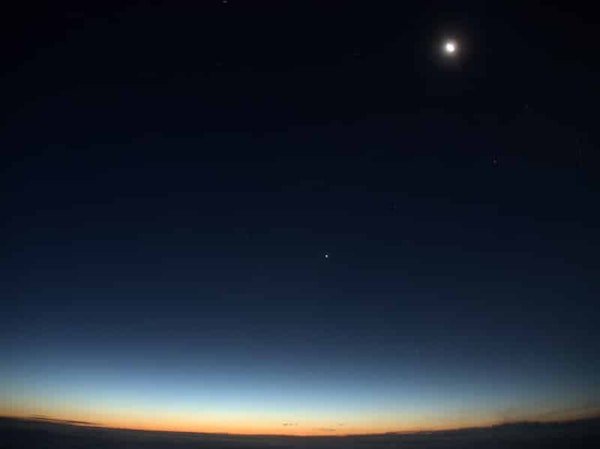 Mount Fuji
Mount Fuji
Along each trail there are several mountain huts where you can sleep during the summer months. If you wish to visit Mount Fuji outside of the official trekking season, you can check to see if you can make arrangements at the Sato-goya hut.
Some trails have more huts than others. Such is the case with the Yoshida Trail. Overnight stays are charged at approximately 7000-9000 yen per person. If you are not staying the night, you also have the option of resting for a while at a cost of around 2000 yen the hour. At the huts you can buy water, food, and other basic necessities. Plus, you will have free wi-fi, although you will have to pay between 100-200 yen for the toilet. Expect mountain huts to be crowded. Make sure to book in advance at the numbers listed on the Fujiyoshida City website.
5| Rules and Etiquette
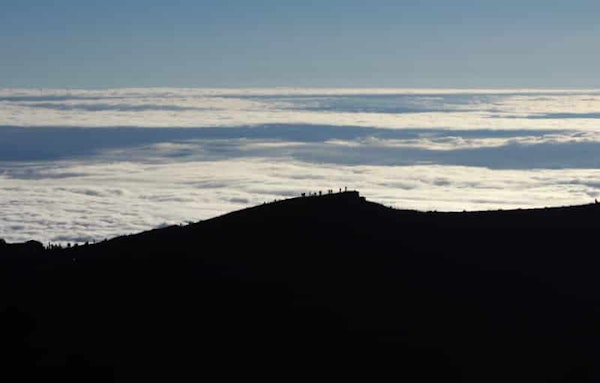 Mount Fuji
Mount Fuji
We also recommend you pay attention to the following etiquette suggestions. These include being mindful of others. Getting to your mountain hut before 9 pm is recommended. Also, clearing out after you eat so that other people can find a spot. Remember that in Japanese culture it is common to take off one's shoes upon entering a place, so pay attention to this tradition. Additionally, you will want to keep your voice levels down, in the huts and also while trekking. In terms of public facilities, such as toilets, keep things nice and clean and always bring your own rubbish down with you. Last but not least, when you are on the route, people going uphill have priority, and please don't overtake other climbers. It can cause stones to fall and may be dangerous for others below.
You also need to pay attention to a few rules. This is because not only is Mount Fuji a World heritage site, but it is also a part of the Fuji Hakone Izu National Park. As such, there are special guidelines you need to follow in the National Park Special Protection Zone:
- You cannot pick any living things (flowers, vegetation, insects) or rocks. Furthermore, you are not allowed to move them.
- In order to preserve the ecosystem, you may not stray from the hiking trails.
- Graffiti is forbidden on buildings and/or boulders.
- Campfires and camping are not allowed.
- Neither are pets.
- Please, let the birds be and don't approach their nests.
Remember, Mount Fuji is a holy and sacred mountain.
6| Physical Requirements and Technical Difficulties
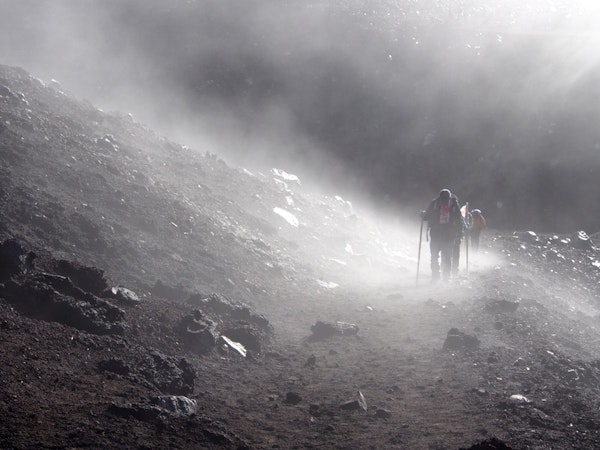 Mount Fuji
Mount Fuji
Mount Fuji is 3776m/12,388ft high. It is the highest mountain in Japan. It commands respect. This means you need a good level of physical fitness to meet the challenge. You will need good cardiovascular/aerobic capacity, and also strength to carry your backpack uphill and then back down for many hours on end. We definitely recommend that you start training well in advance. Also, keep in mind you will need to acclimatize to the altitude. The average trekking time is two days, although experienced climbers may do it in one. If you don't have that much experience, then you can do the trek in three days at a slower pace. You will probably also benefit from going with a seasoned guide. Check out some of our Mount Fuji mountaineering options here.
Although it is a challenging physical trek, it doesn't require specific technical climbing skills. No scrambling or rock climbing is involved.
You will also want to consider the terrain and moody weather. On the way up you will find some steep inclines. Although the descent is faster, you will encounter some very slippery rocky terrain. Also, you can expect thunderstorms, hail, and snow. All of this is not meant to scare you, but to make you aware. As they say, there is no such thing as bad weather, only inadequate clothing.
Finally, for those worried about the possibility of volcanic activity, keep in mind Mount Fuji hasn't erupted since 1707-1708.
7| What to pack? Equipment
It is very important for your comfort and wellbeing that you invest in good equipment. The key is looking for the most lightweight and highly functional gear to keep you going, keep you warm and keep you dry.
- Shoes: Your feet and your ankles will be doing a lot of work so invest in a good pair of sturdy waterproof hiking shoes, and make sure to break into them before the trek!
- Clothes: The key is to keep warm and to keep dry. You will be at below zero temperatures at the summit so we suggest long underwear, fleece jacket, and waterproof jacket, pants and gaiters, plus gloves, sun hat and wool hat.
- Other equipment: sunscreen, lip balm, pocket knife, plastic bags, baby wipes (the huts don't offer showers), earplugs for sleeping, a helmet, and a good headlamp or flashlight if you're hiking at night.
- You can buy food and water on the way but only where you can find a mountain hut. Also, prices increase as you go up so that's something to consider. Of course, it goes without saying that if you have to take down your own garbage.
- Hiking sticks are common and you can buy them at the 5th station. You can get them branded afterward at the mountain huts. They are a good aid and a nice souvenir, though not strictly essential.
Always check with your guide before hand as they will be able to pinpoint any specific items you may need, and often offer to handle equipment and logistics.
8| Estimated Prices
To calculate the cost of your Mount Fuji mountaineering experience you will need to consider guiding fee, admission, huts, meals, toilets and extras. The guiding fee will vary depending on the duration of the excursion and the number of people in the group. For a two-day trip you can expect to pay approximately 90000 yen for a private excursion, and 35000 yen for a 6-group tour. Admission is 1000 yen, an estimate for a half-board hut is 8000 yen, 1000 for meals and 100 to use the toilet. You would need to add extras to that. Also, keep in mind that you will need to pay many of these things in cash as there are no ATM's and you won't be able to pay with your credit card in the mountain.
9| What to Do in the Surrounding Area
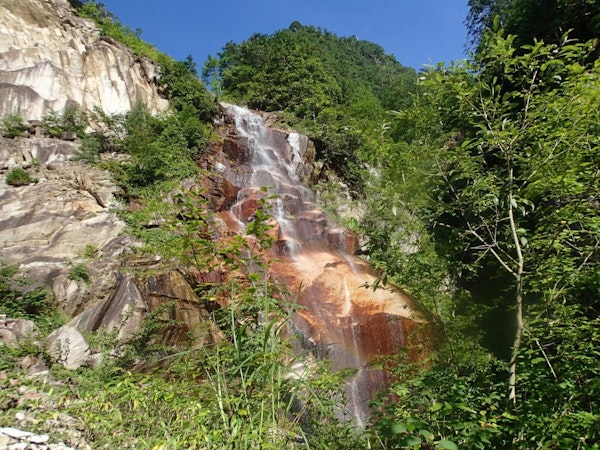 Mount Fuji
Mount Fuji
Mount Fuji is not the only attraction in the Fuji area, you can find all kinds of other adventures to complement your Mt. Fuji trek! From a children's fun park to other natural wonders, there's something for everyone in this beautiful Japanese location. Our picks include:
Fujiyoshida Sengen Shrine:
You can take a 15-minute bus ride from Kawaguchiko to get to this beautiful shrine believed to be a gateway to another world!
Chureito Pagoda:
A stunning 5-story pagoda with a great view of Mount Fuji framed with cherry blossoms in the spring and beautiful oranges and reds in autumn.
Shiraito Falls:
Well known for their breathtaking beauty, these falls are located on the southwest foothills of Mount Fuji.
Fuji Five Lakes:
Choose one of the stunning Fuji Five Lakes and rest your soul in one of the hot springs after trekking to Fuji Peak.
Other hiking trips in Chubu:
The Chubu region has stunning landscapes and mountains, don't just go for the tried and true, check out some alternative hiking trips in Chubu too!
Climbing Mount Fuji is a challenge on many people's bucket lists, and maybe on yours as well! It is definitely well-worth the climb, both for the unique mountaineering adventure, as well as to experience the deep spirituality and culture that it embodies!
